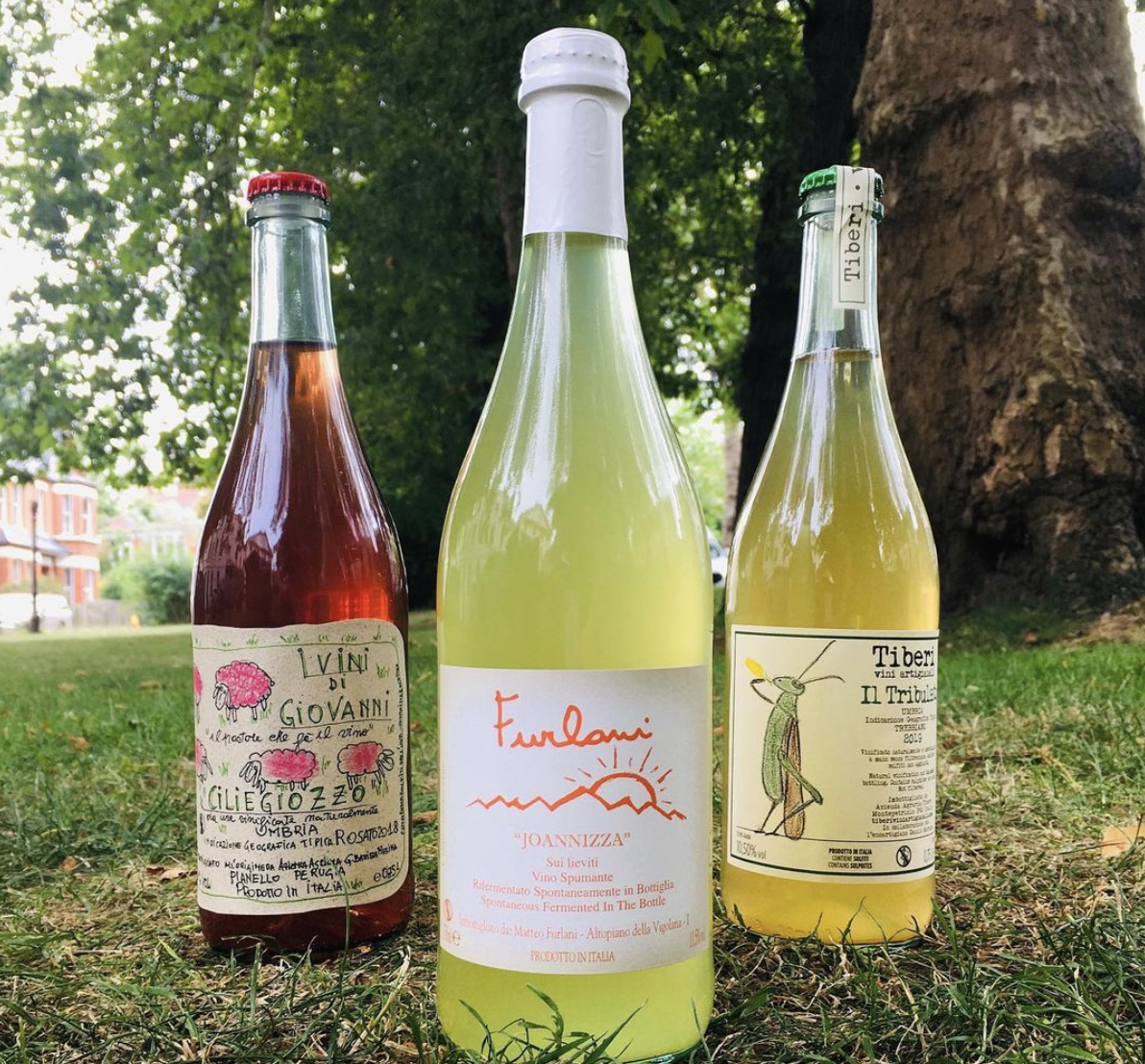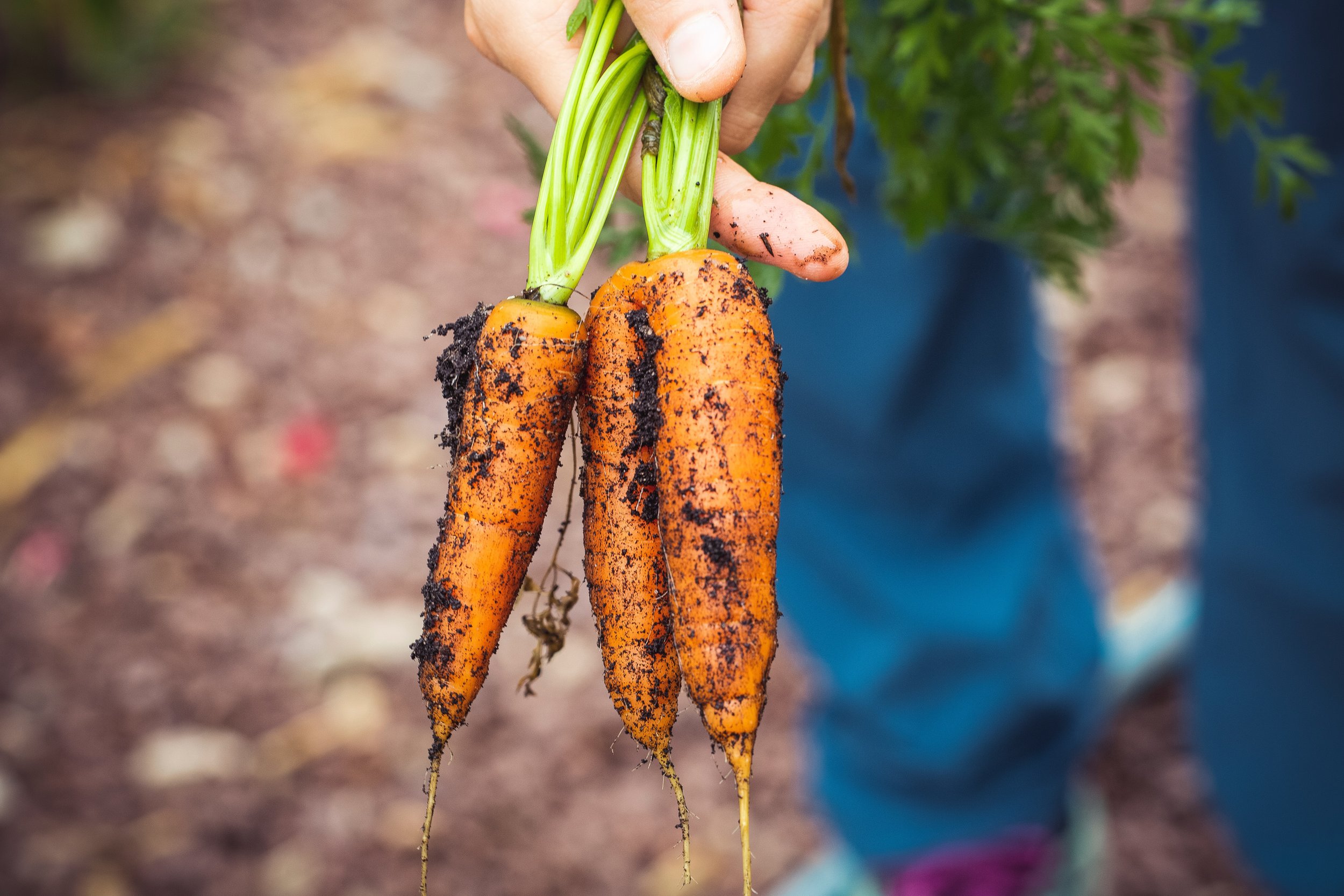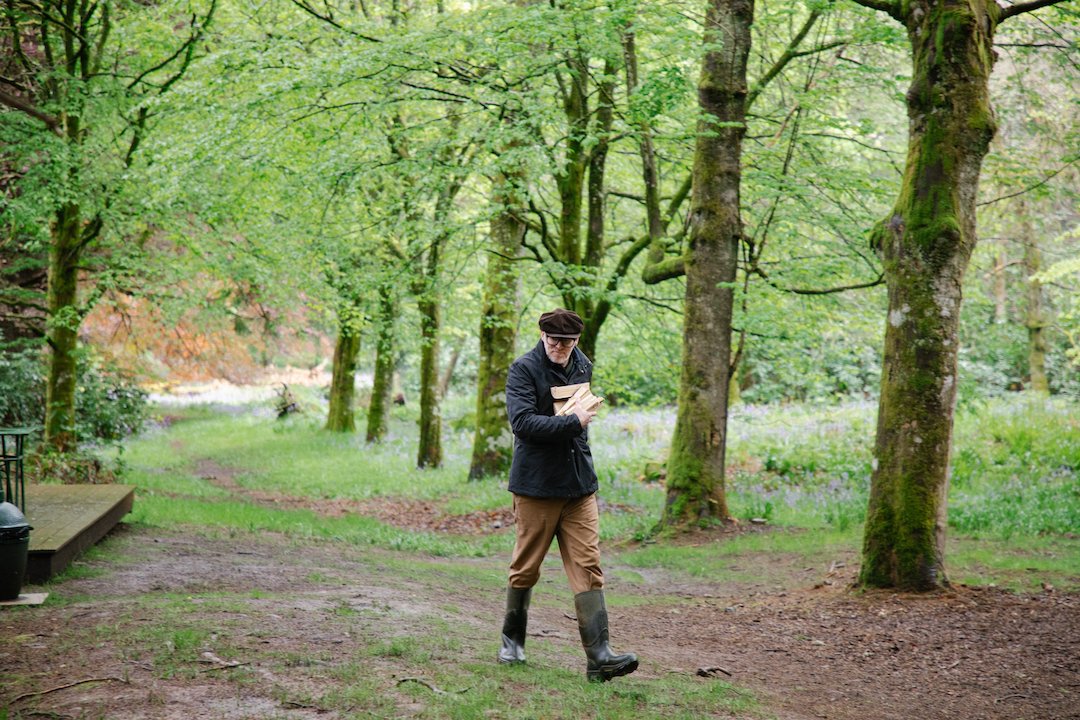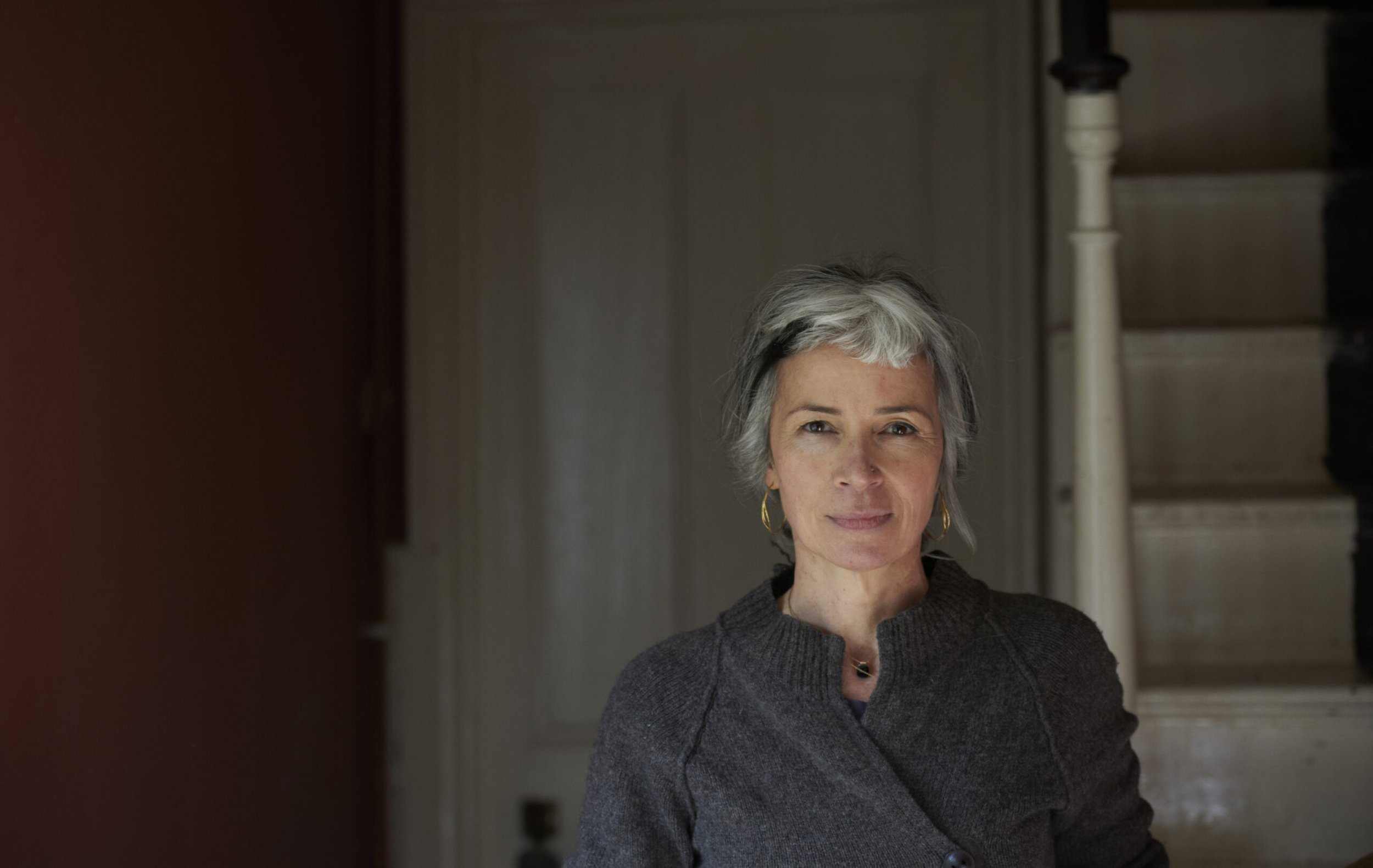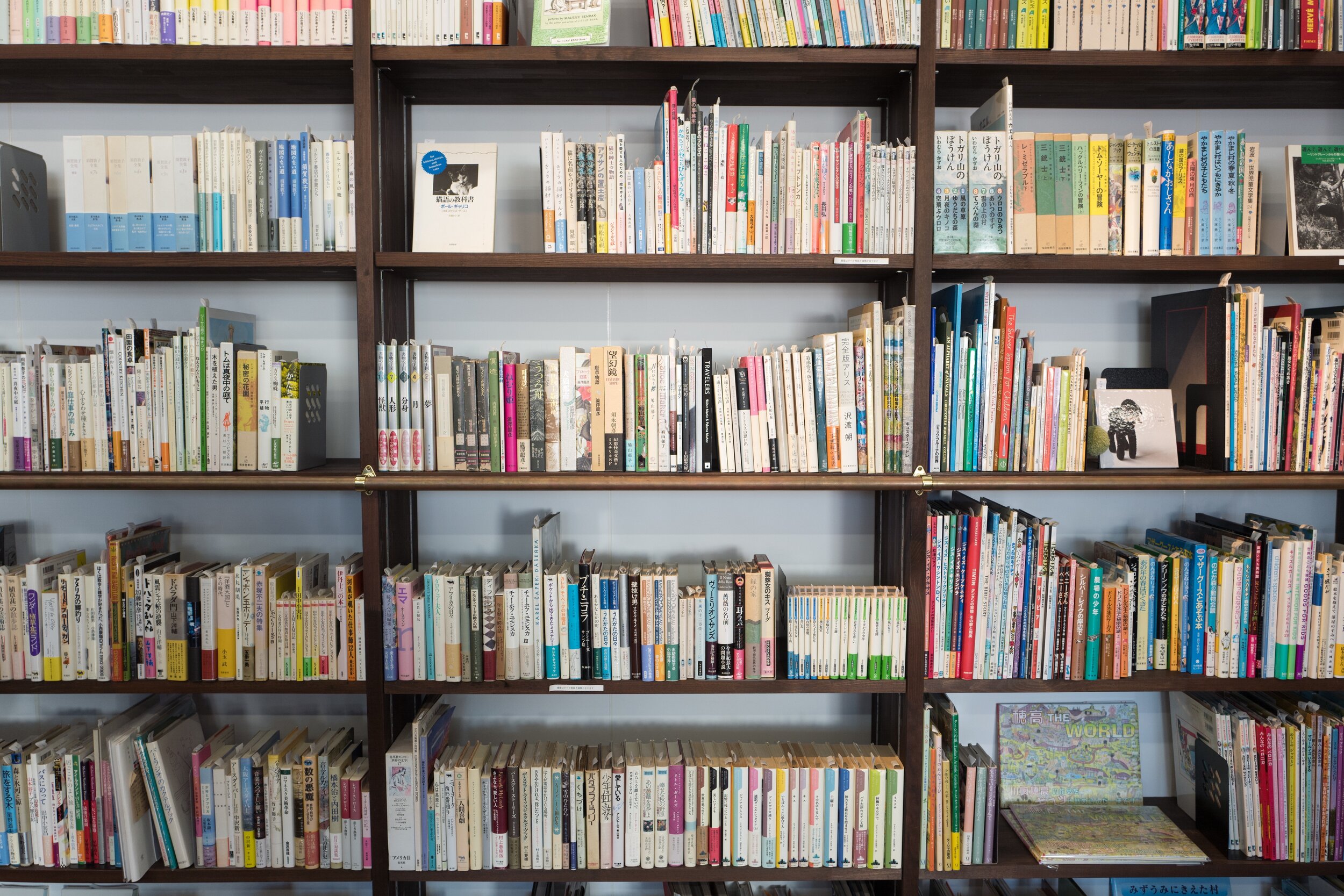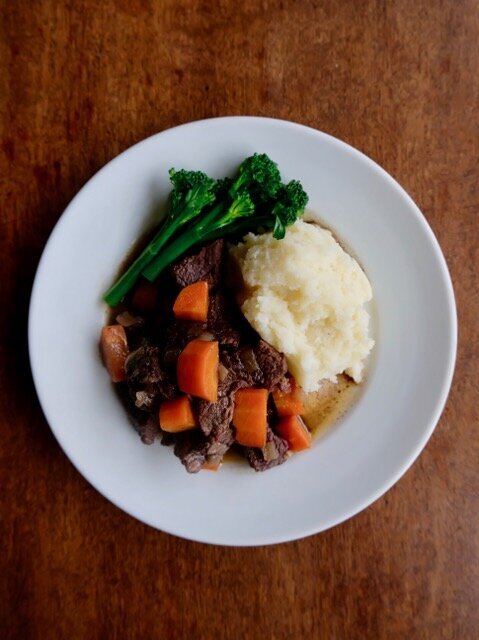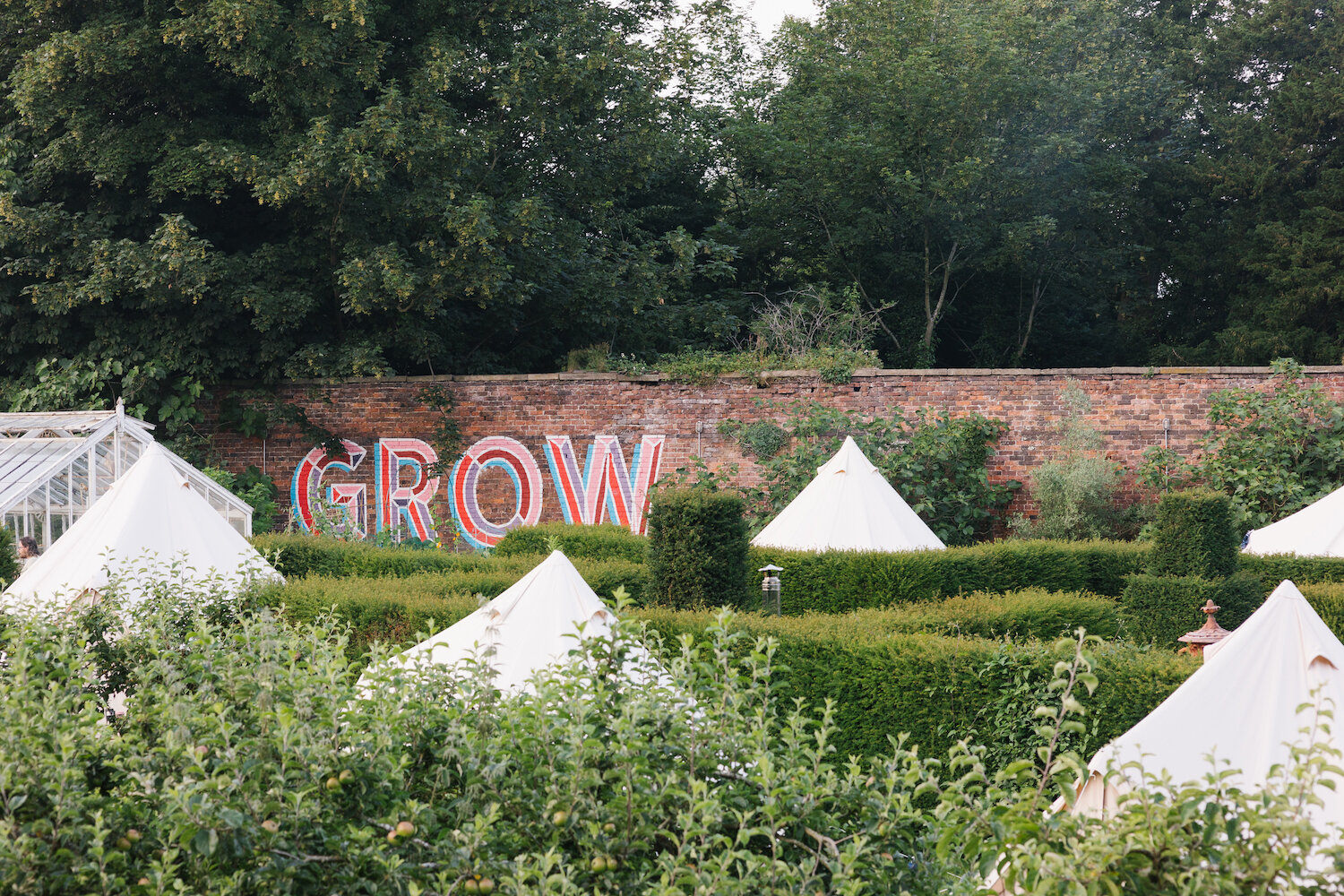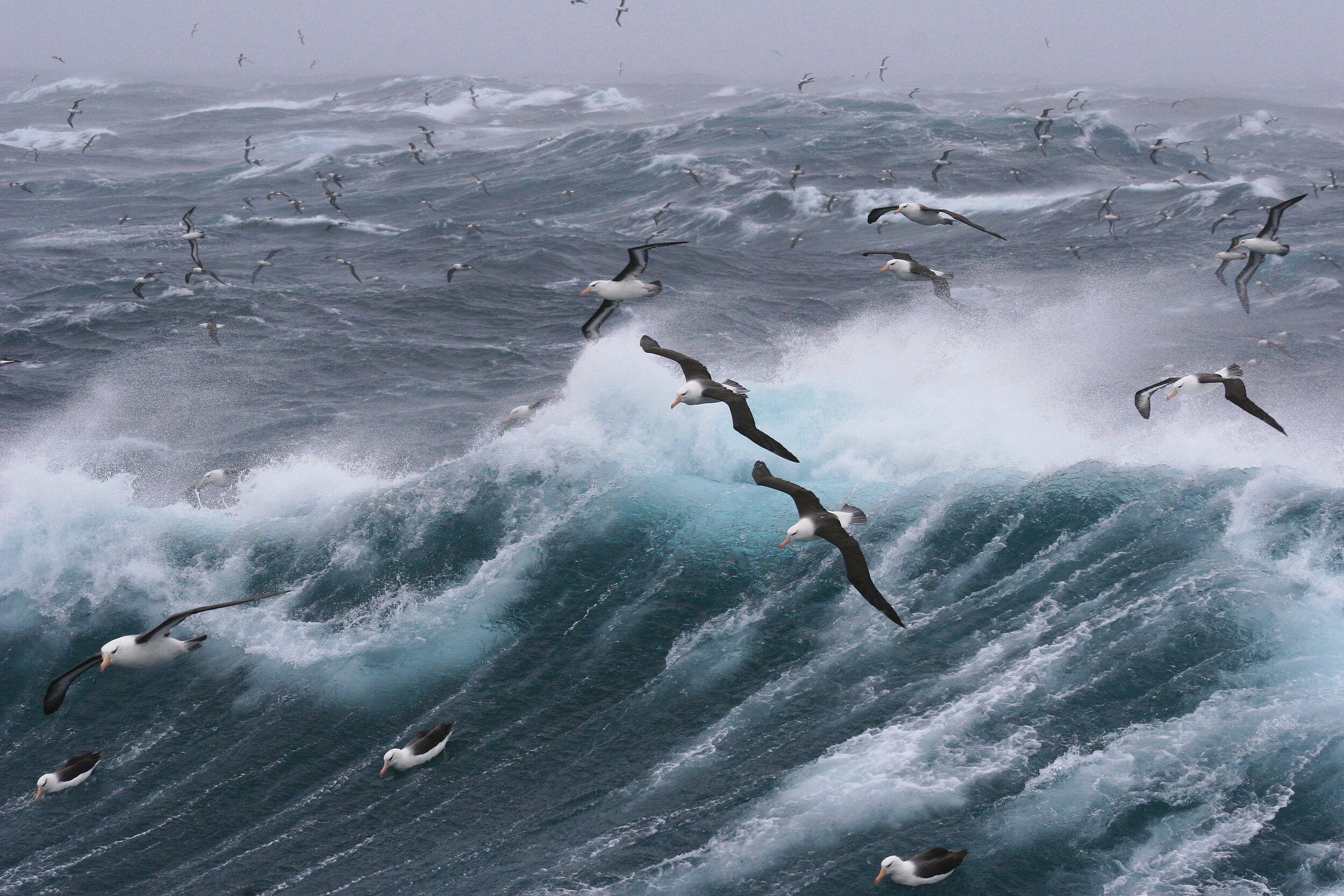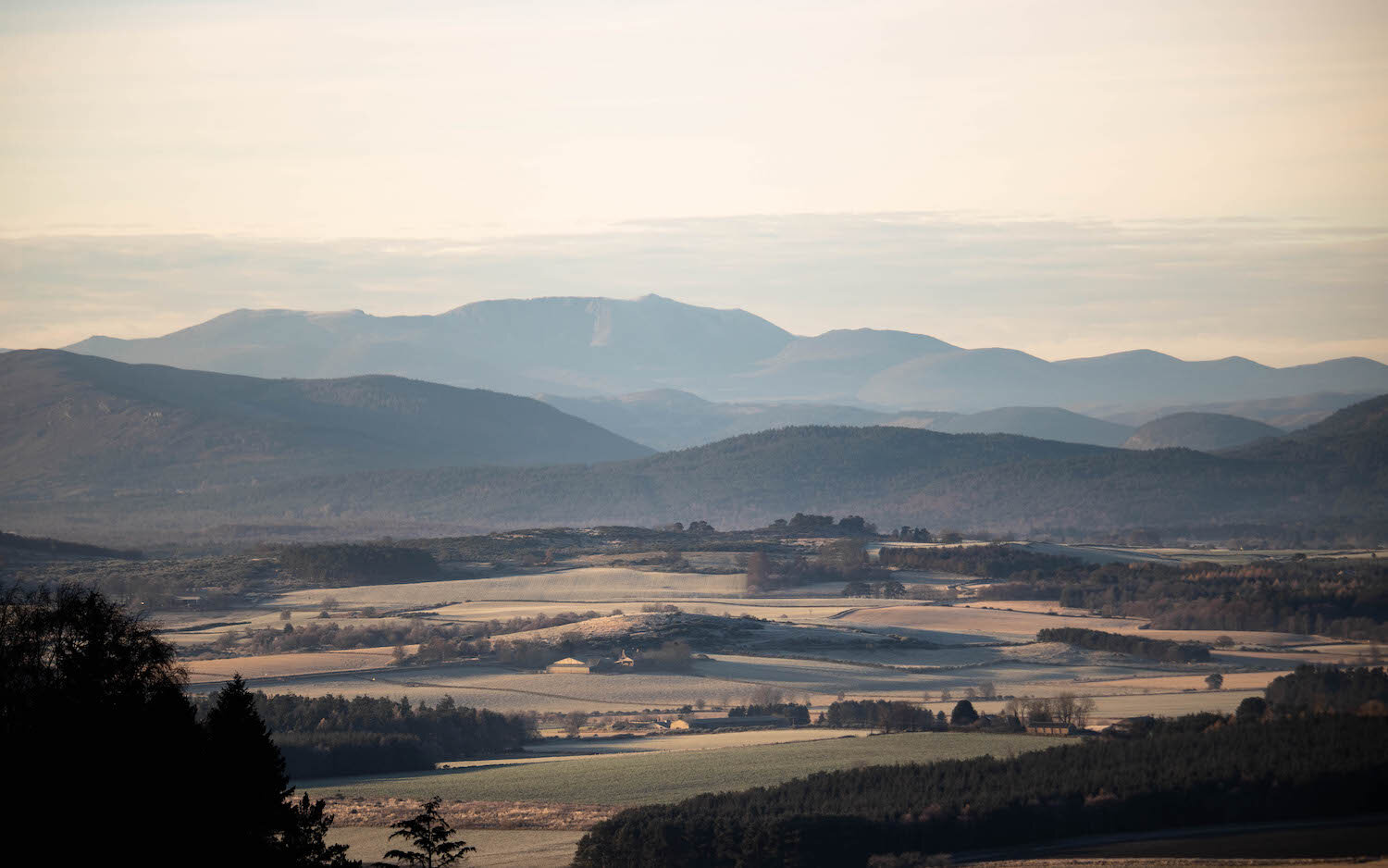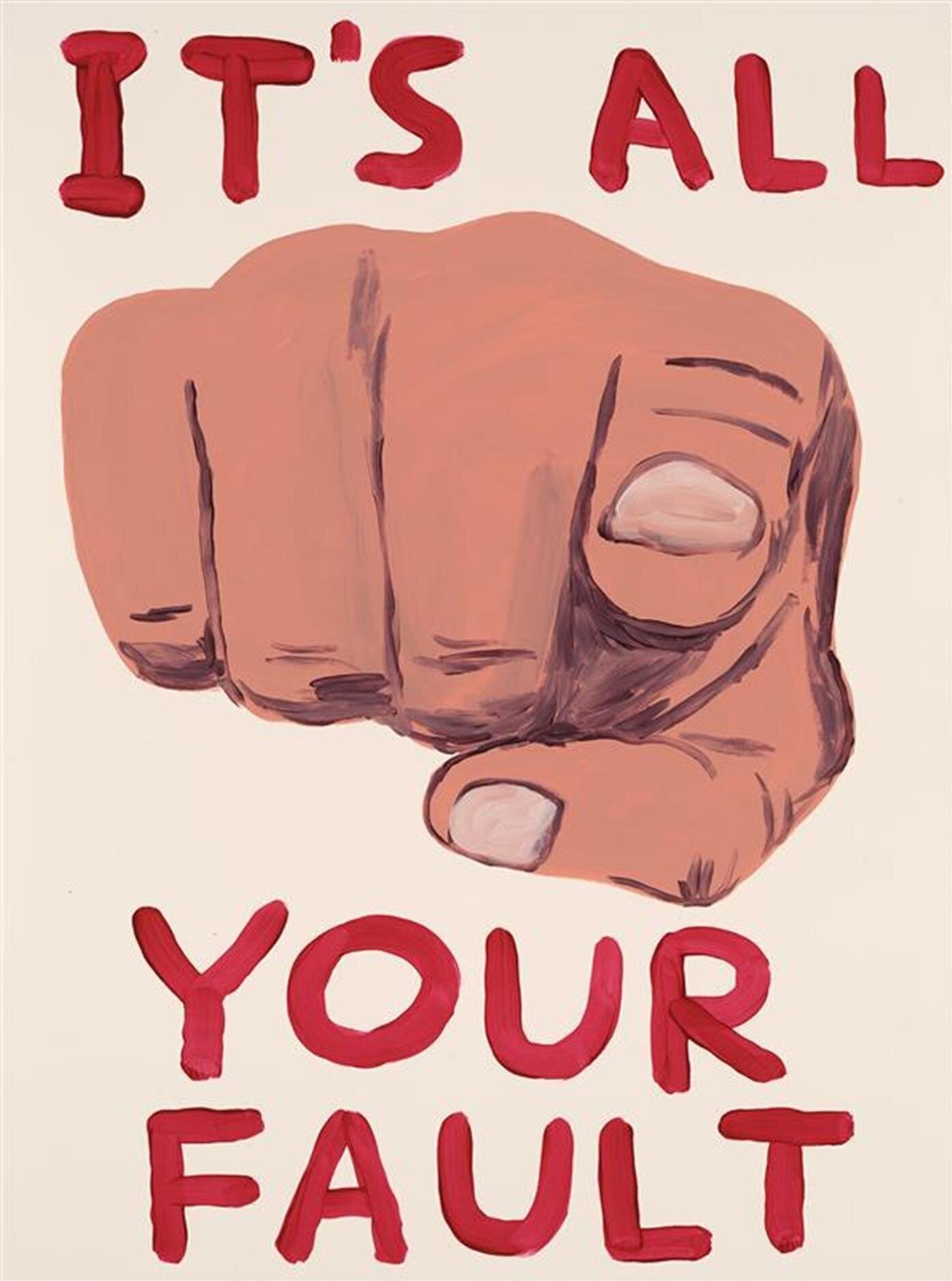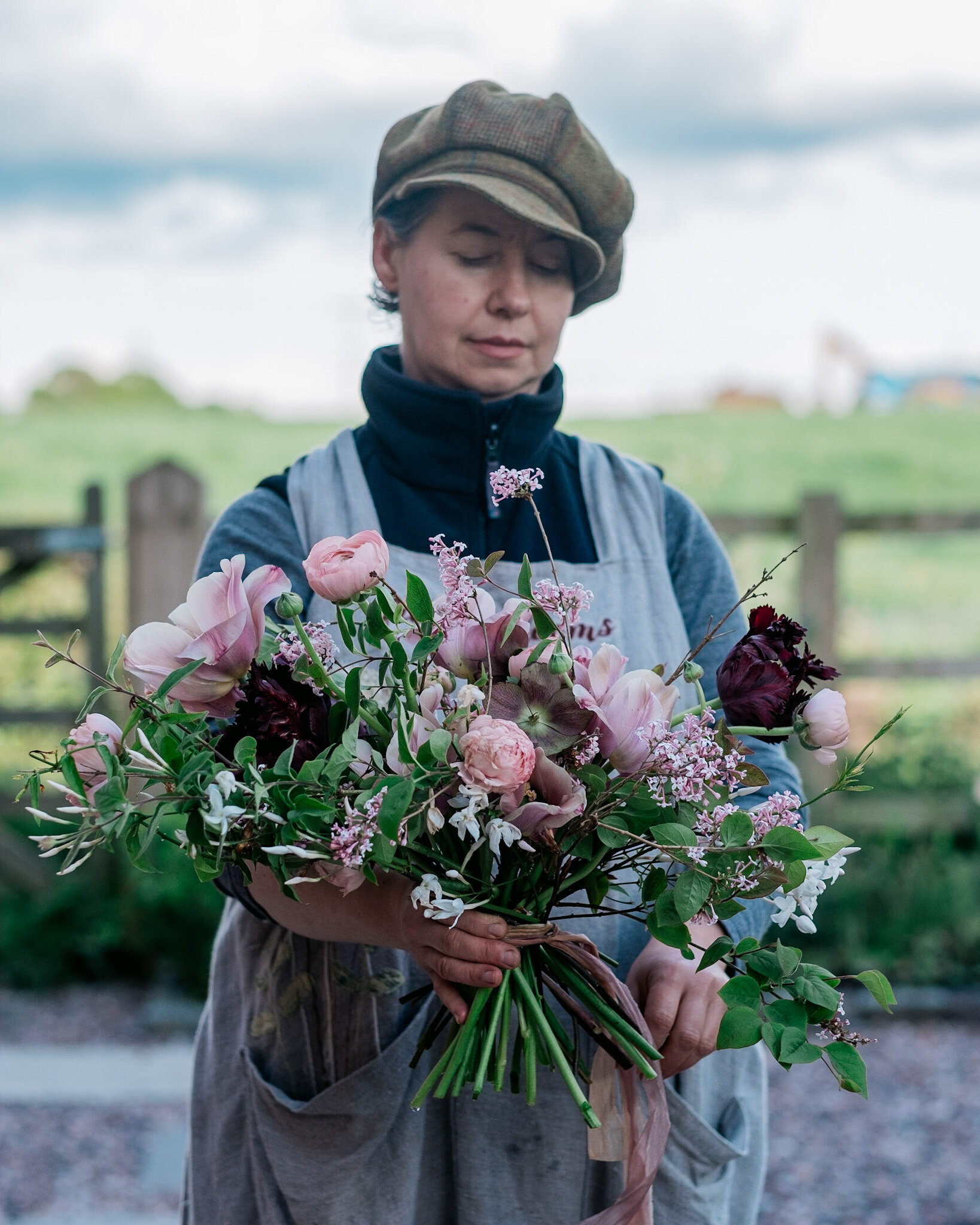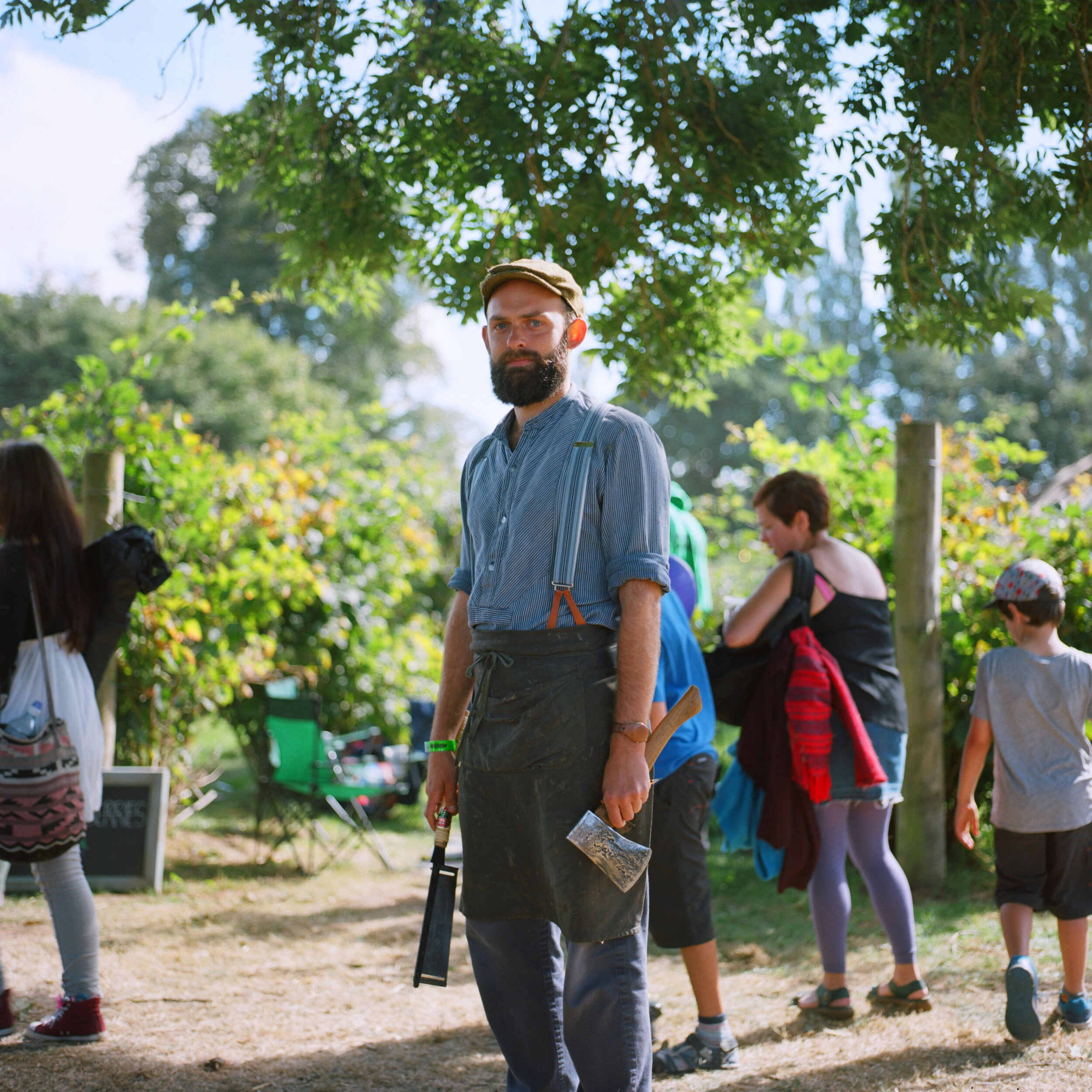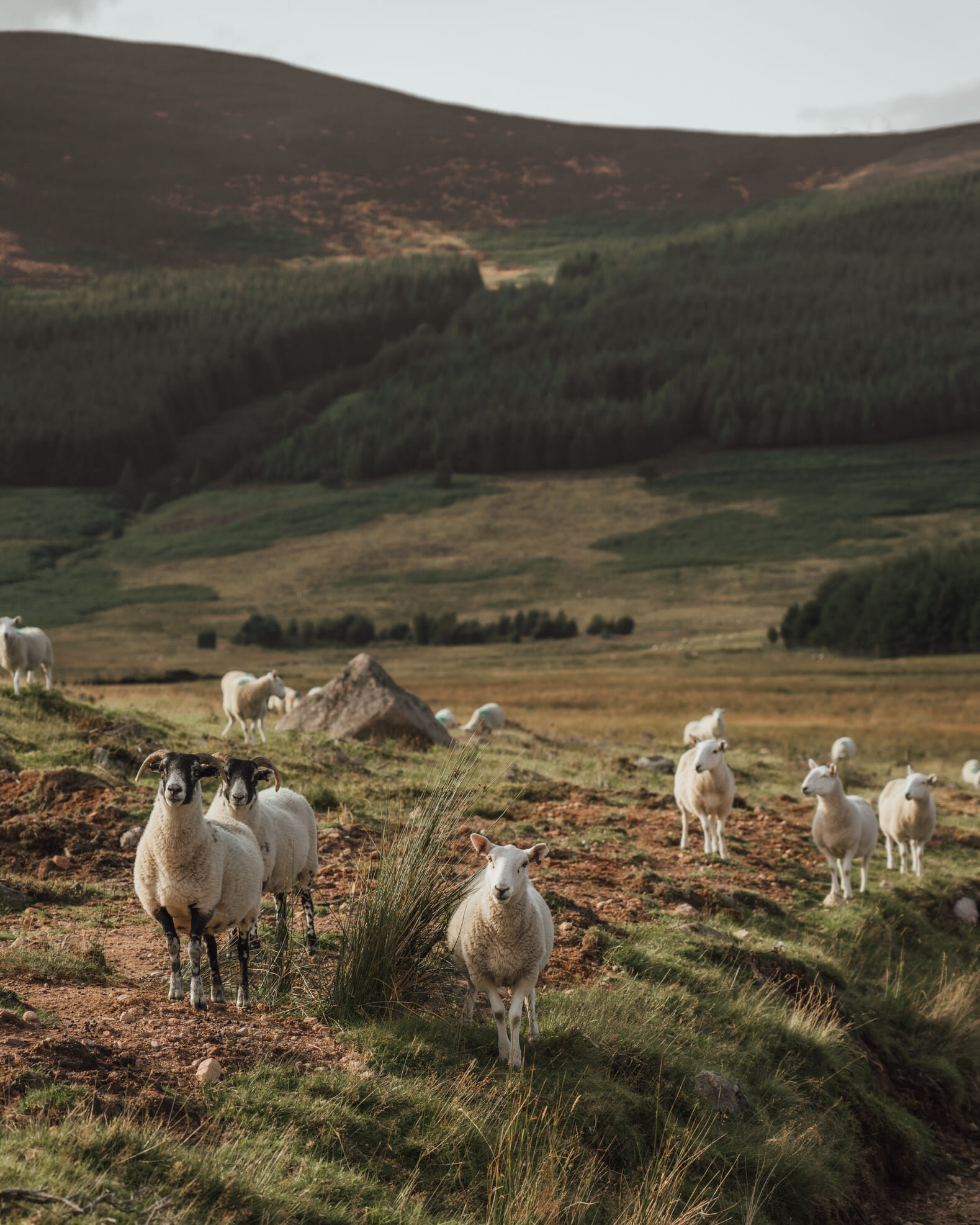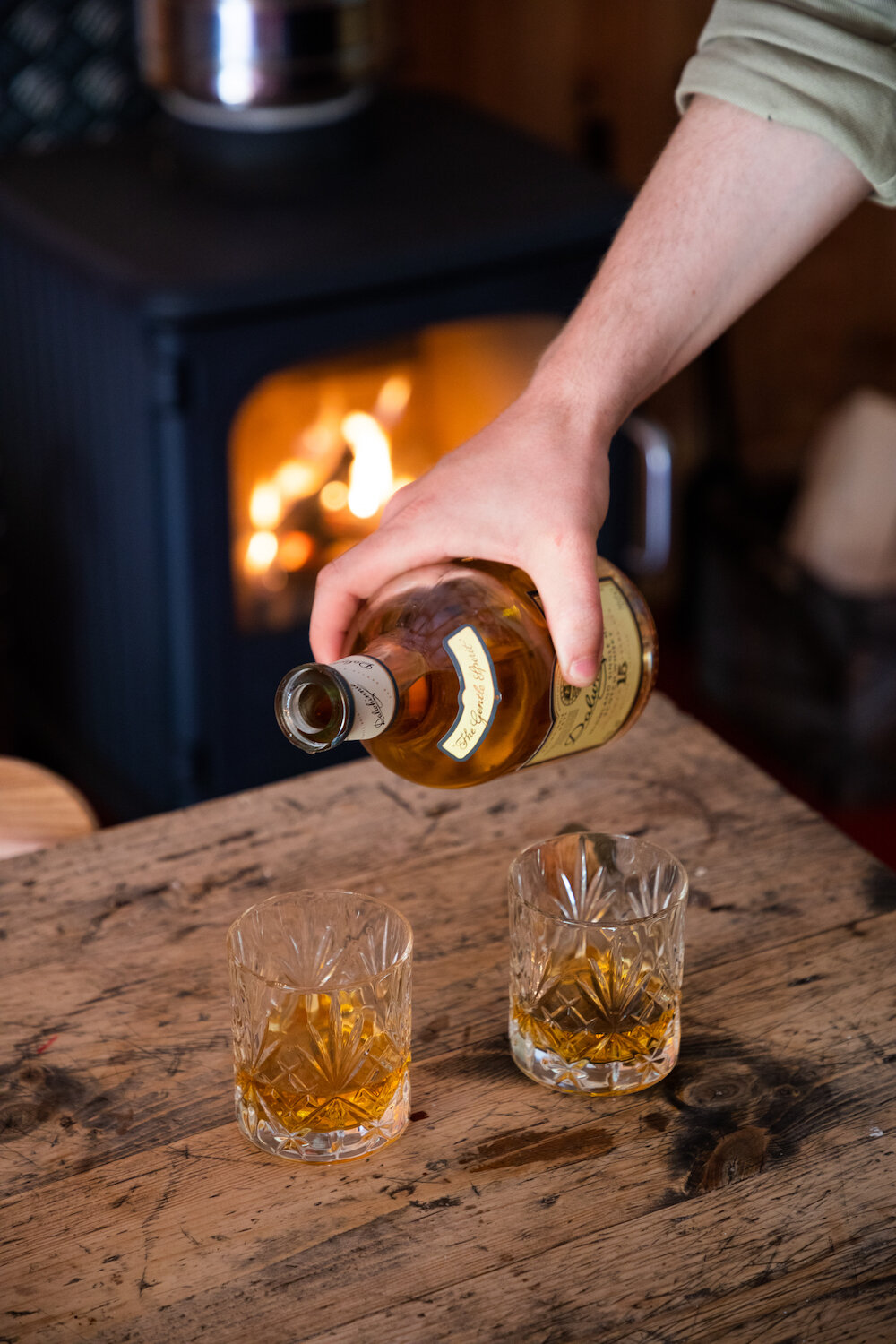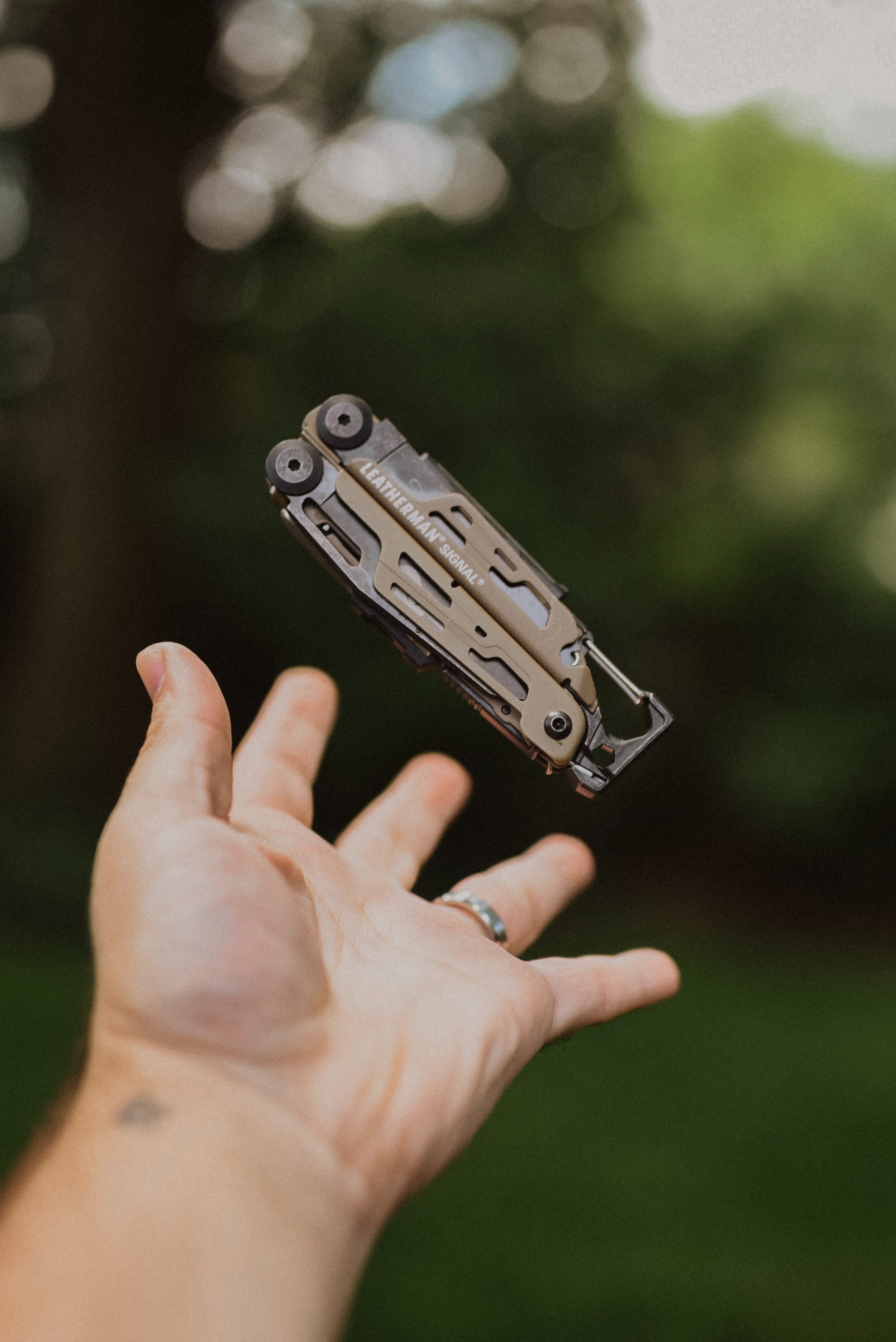Introducing Five Natural Wines To Drink Now
recommended by natural born winesWe’re a tiny team of two based in south-east London: Sam is a former journalist and Oli is a former TV writer. We both fell in love with natural wine through travelling around Italy and meeting producers who opened our senses to the endlessly exciting flavours, smells, colours and stories of wine made the natural way.
At first, we started out as a weekly farmers market stall to get people thinking about wine as an agricultural product, one that’s best without synthetic additives, dyes, flavourings or preservatives. A few years on and we still have our weekly market stall at Victoria Park Market in east London, but we now also supply some of the most exciting restaurants and bars in the country, while also having our own little online natural wine shop which delivers all over the UK.
As former writers, we can’t help but want to tell the story behind each of our wines. So, from the very beginning, every Natural Born Wine comes with its own tale, written by us, celebrating the producers, not just for their tasty wines but for the environmental and holistic choices they’ve made in creating them. We’ve put together a little collection of these wines and their stories below – these are our picks for what to drink right now…
Macerato 2019, Cantina Furlani (Trentino, Italy) | Sparkling orange
Tasting notes: Super dry, tart strawberry, fresh citrus
Pinot Grigio but probably unlike any you’ve ever had before. Trapped inside a cloud of soft-focus pink and looking like a magic potion this fully natural, unrefined and unfiltered, slightly sparkling wine by Matteo Furlani is as dreamy as they come, and we’re not just referring to its looks. Like Champagne, the juice is fermented twice, once in tank and once in the bottle, where it receives no added sugar or yeast to produce the necessary carbon dioxide. How bubbly they become is down to Mother Nature’s mood and the timing of the winemaker.
A puff of smoke rises from the bottle and into your glass goes one of nature’s most beautiful hues, with all the crisp fruit and subtle herbaceous notes of the alpine hills that overlook the city of Trento. No herbicides, pesticides or fungicides are used at Cantina Furlani; there’s no added sulphur in this bottle, and the vineyard is biodynamic to boot. If you ever wondered what a sunset taste like – or indeed, what Pinot Grigio is capable of when it’s left to express itself naturally, this is that wine.
Rosso 2019, Cantina Furlani (Trentino, Italy) | Sparkling red
Tasting notes: Dry but fruity, fruits of the forest, peaches, spice.
Sparkling red wines have a mixed reputation, like any category of wine. Often criticised for being overly sweet, they are too often overlooked entirely as a relic of a bygone age. But in the past few years, a new generation of natural winemakers and drinkers have decided to give these wines a proper chance, minus the industrial production and added sugar, and as a result, the thirst for them is returning. We’ve certainly noticed a dramatic increase in requests for them in recent years, and quite rightly, too – because as this Rosso Frizzante by ‘Fizz Wizard’ Matteo Furlani proves, they can be dry, juicy and absolutely delicious.
As always with Matteo’s sparkling wines, this bubbly red was made with wild yeast and no added sulphur or dosage (added sugar) to capture the most of an incredible field blend of indigenous grapes. Fresh and bright as a summer’s morning in the mountains of Trentino but with enough warmth, texture and succulent fruit to carry us through until Christmas, too.
Nucleo 2 2019, Dinamo (Umbria, Italy) | Still white
Tasting notes: Light, bright, zesty limes + thyme
Located 500 metres above sea level in Umbria, near the village of Colle Castelluccio, Dinamo is the latest project from Italy’s ‘Yoda of natural wine’ Danilo Marcucci. In 2018, Danilo teamed up with another Danilo – Danilo Nofrini and his son Simone, to embark on an experiment in sustainable viticulture, an attempt to recreate something of the natural, “more nutritional” wines of Marcucci’s childhood. “I first made wine with my grandfather 40 years ago,” says Danilo, “My snack was homemade bread dipped in wine. Back then it still had a high daily food value and was an important source of energy for everyone, especially those who had to face heavy days of farm work. I feel inspired to jump back to rediscover my origins thanks to the strength of all that I have built up now in natural wine”.
To encapsulate this aim, the Nofrini family and Danilo chose the name Dinamo in honour of Italian physicist Antonio Pacinotti who, in 1860, invented a direct-current generator that he called the ‘Dynamo’. Using a simple mechanism it became an early form of renewable energy. With all the brightness and citrus of a fruit salad and the scent of an Italian garden freshly mowed, this white is certainly an energy-giver, it’s also the taste of summer year-round.
Confine 2019, I Cangianti by Stoppini (Tuscany, Italy) | Still orange
Tasting notes: Dry but juicy, ripe apricots, salty pastry, lemon zest.
Our first Tuscan vineyard – although in truth, the vineyard is only just in Tuscany and the cellar itself is in Perugia, a short drive away. And when we say cellar we actually mean ‘garage‘ – oh yes, the Stoppini family are the purest form of ‘garagista‘ winemakers, literally turning the garage of their family home into a winemaking cellar, in the middle of a residential neighbourhood. Despite this, you can absolutely taste a Tuscan accent to this wine, derived from the sandy soils and Tuscan grape varieties: San Colombano, Moscato and Malvasia del Chianti.
The grapes weren’t harvested until late October, which is very late in comparison to the other wines in our portfolio. This gives the Confine 2019 the full warmth of a long Tuscan summer. That’s not to say this wine is just a fruit bomb – the ten days grape skin-contact it has, lend a light tannin and chewy texture to create a perfectly balanced orange wine that we went wild for when we tasted it fresh from the tank during our visit a few months before its release.
Rosso 2018, Conestabile della Staffa (Umbria, Italy) | Still red
Tasting notes: Medium-bodied, cherries, cranberry, white pepper, thyme, earthy nose.
‘No chemistry in the vineyard, no technology in the cellar, natural wine’ reads the label on this incredibly elegant, light and juicy red by Danilo Marcucci who tends to the grapes at his wife Alessandra’s family vineyard. For more than 200 years from the 1700s, Conestabile della Staffa produced some of the finest wines in the region but with two world wars came a diminished farming workforce and from 1956, the estate ceased to make anything, forcing the vineyard to sell off their grapes for other people’s wine… and then Danilo came along. A former student of architecture and one-time Umbrian wine-seller, Danilo turned to natural winemaking in the early 2000s after discovering first-hand what the chemicals in industrially produced wines can do to the body.
A chance tasting of a natural wine made by his parents’ neighbour Vittorio Mattioli began what Danilo describes as a ‘radical change’ in his life and within a week of drinking the amber coloured white, he joined Vittorio for what would become the first of many collaborations with the masters of natural winemaking across Italy. More than 12 hectares of vines were in need of some love when Danilo took the reins at Conestabile but by 2015 he was able to release the estate’s first vintage in 60 years, featuring native grapes and natural processes, with no added sulphur – for Danilo, it is Mother Nature who determines the wine. ‘Magnetic drinking,’ he says of this juicy Rosso, ‘and easy to finish a bottle in five minutes’.

